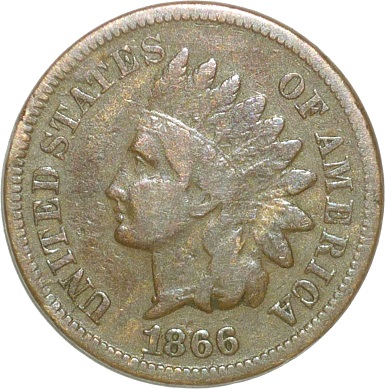 |
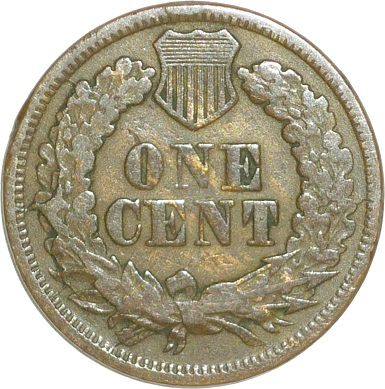 |
Obverse 11 |
Reverse N |
Obverse Diagnostics
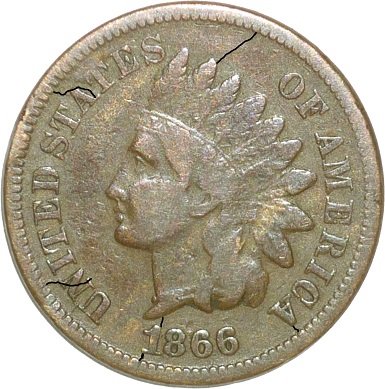
Obverse 11 Die Crack Mapping
Date Position | Repunched 1 to the East |
Die Crack From 12:30 | Radial Die Crack at 5:00 |
Radial Die Crack at 6:30 | Radial Die Crack at 8:00 | Radial Die Crack at 10:00 |
Reverse Diagnostics
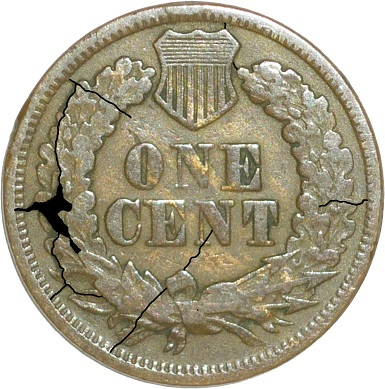
Reverse N Die Crack Mapping
Radial Die Crack From 12:30 | Radial Die Crack From 3:00 | 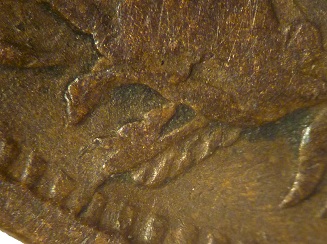 Radial Die Crack From 7:00 |
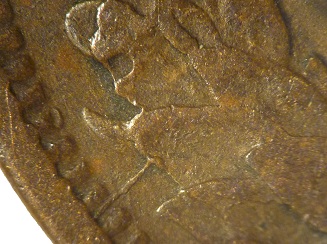 Radial Die Crack From 8:00 | Radial Die Crack From 9:00 | Radial Die Crack From 10:30 |